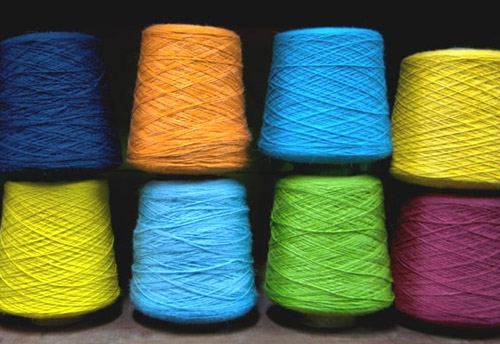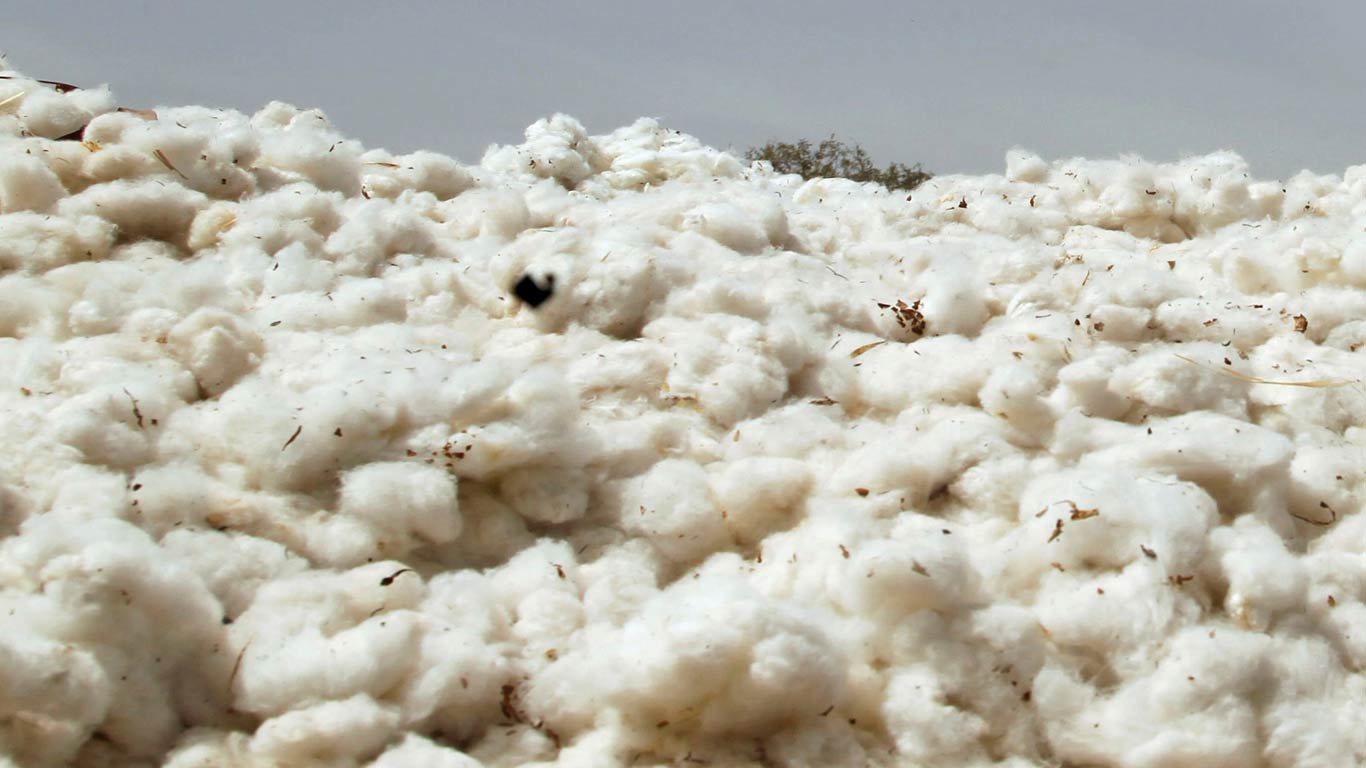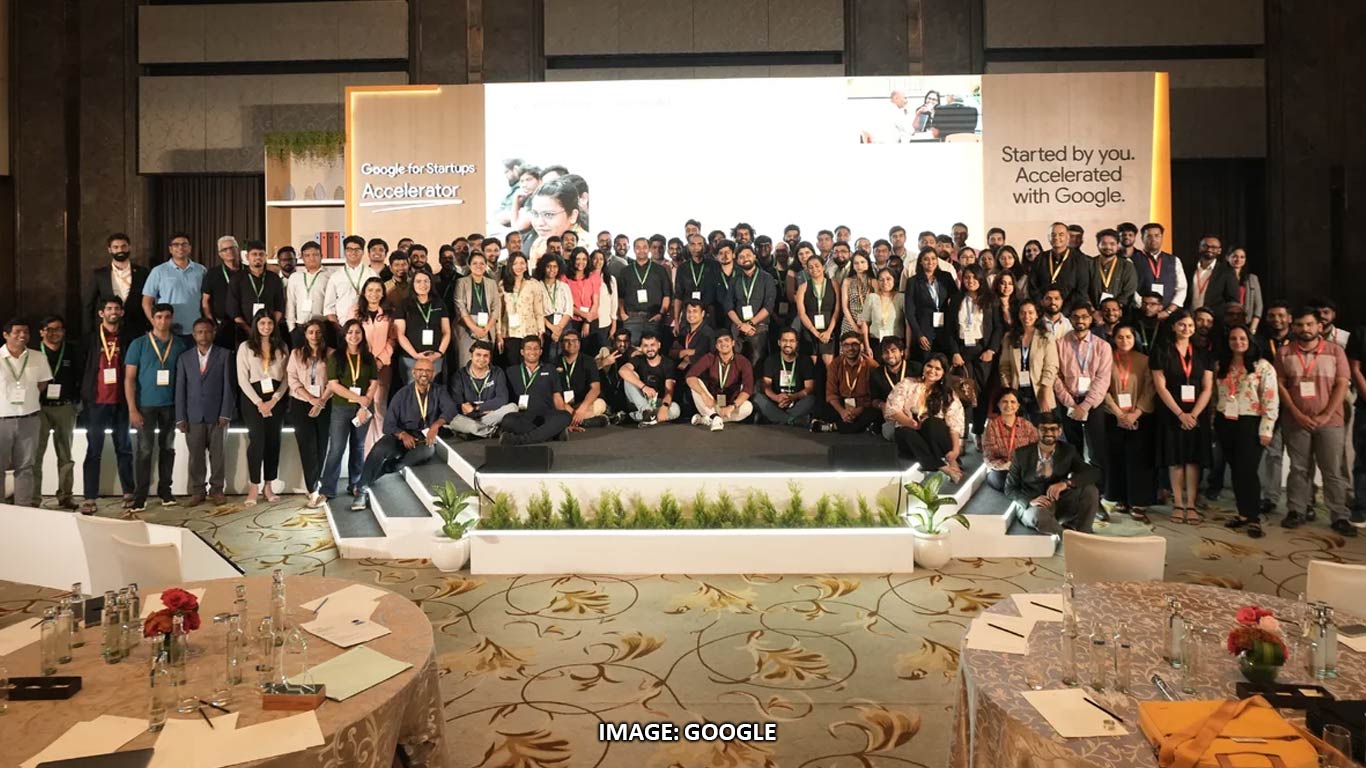AEPC calls for joint effort to increase export of manmade fibre garments
Updated: Sep 18, 2020 08:14:11am

New Delhi, Sept 18 (KNN) Apparel Export Promotion Council (AEPC) Chairman Dr A Sakthivel has called for a joint action plan to increase export of manmade fibre (MMF) garments for raising India’s share in global apparel trade.
Speaking at a webinar on ‘Increase in Export of MMF Garments’, organized by AEPC, Dr Sakthivel said, “At AEPC, when we started exploring how to increase exports, we found that the export of manmade fibre garments is only 10 per cent of our total exports. It is hardly USD 1.6 billion, whereas the world trade is about USD 200 billion.”
“We have a lot of fibre and yarn but we are not able to make the best fabric out of India. So, to increase our share in the global MMF garments business we have initiated a dialogue with Grasim and The Synthetic & Rayon Textiles Export Promotion Council (SRTEPC),” he said, adding that the AEPC will host a series of webinars on how to increase the export of MMF garments.
Ronak Rughani, Chairman, SRTEPC, speaking about the trends in exports of MMF apparels, said that while cotton was the primary fibre for universal usage, MMF has surpassed cotton as the dominant fibre since the mid-1990s and has continued to grow faster thereafter as compared to all other fibres.
“The domestic fibre consumption ratio in India at present is 40:60 between manmade fibres and natural fibres, which is almost opposite to the global fibre consumption trends,” he said. Rughani said that the Indian garmenting segment is fragmented, decentralized and operating in an unorganised way with dominance of MSMEs.
“Government needs to facilitate more integrated setups for encouraging value additions including garmenting in India,” he added.
Man Mohan Singh, Global Head – Marketing and Business Development at Grasim Industries Ltd, said that the Birla Group company is working with almost all the top brands and connecting the value chain partner to these brands so that India as a country can increase its pie in the viscose fibre business.
“In the last five years, the viscose fibre based RMG export has increased 11 per cent, whereas exports of most of the other fibres have either declined or remained stagnant. It is due to our collaborative efforts with our value chain partners, and the promotion and awareness we created in the space,” he said.
“I look forward to working with the partners. Let us collaborate and grow together,” Singh added.
Anjani Prasad, CMD, Archroma India, while speaking on ways to increase exports of MMF garments from India, he focused on what could be done in chemicals in terms of processing.
“We should not compromise on quality and be still competitive. We need to play the full value chain because that’s where a lot of brands are crashing and you need to grow new brands and go digital,” he suggested.
Sanjay Shukla, Triburg, said, “Working in our silos, in our own space gives us limited success and we are not progressing in this area. I think with the able leadership of Dr Sakthivel and Rughani, we can come together with a joint action plan. I am sure we can change the fate of our industry and can compete globally.











